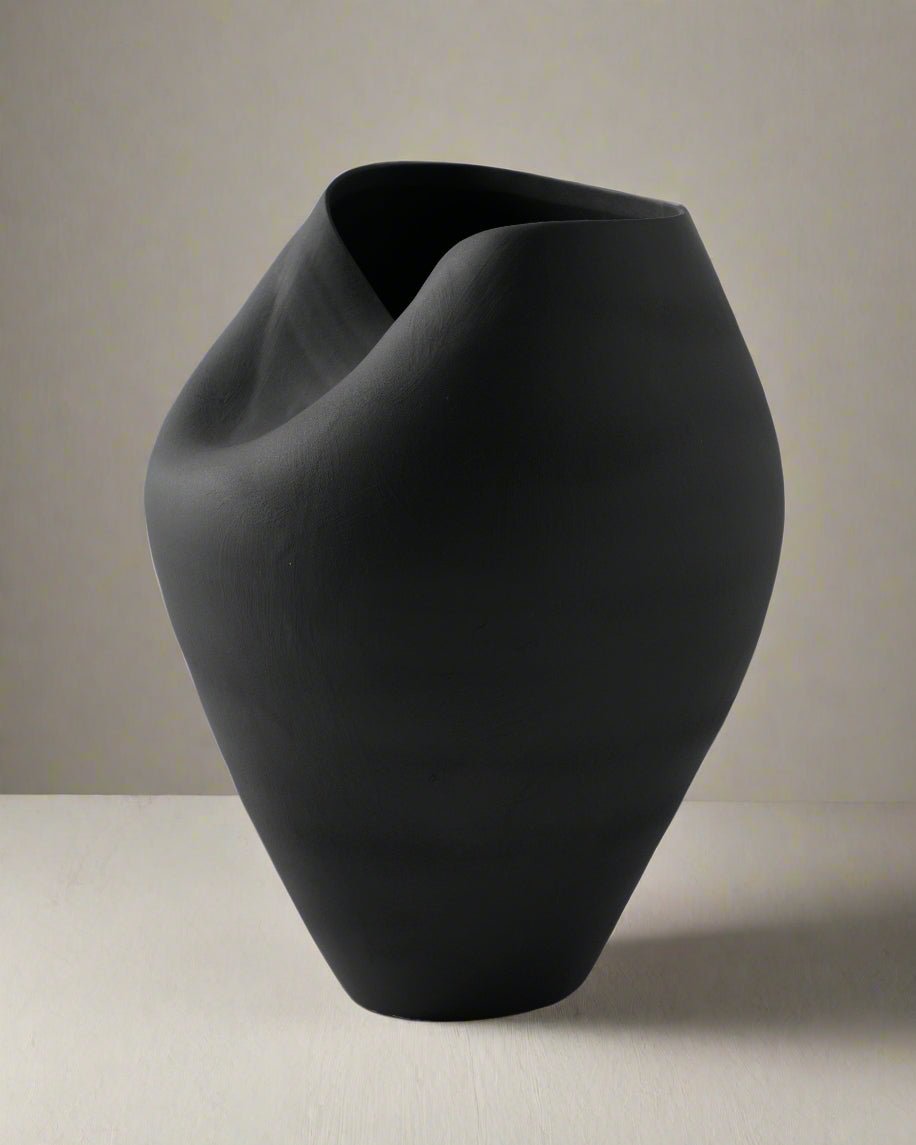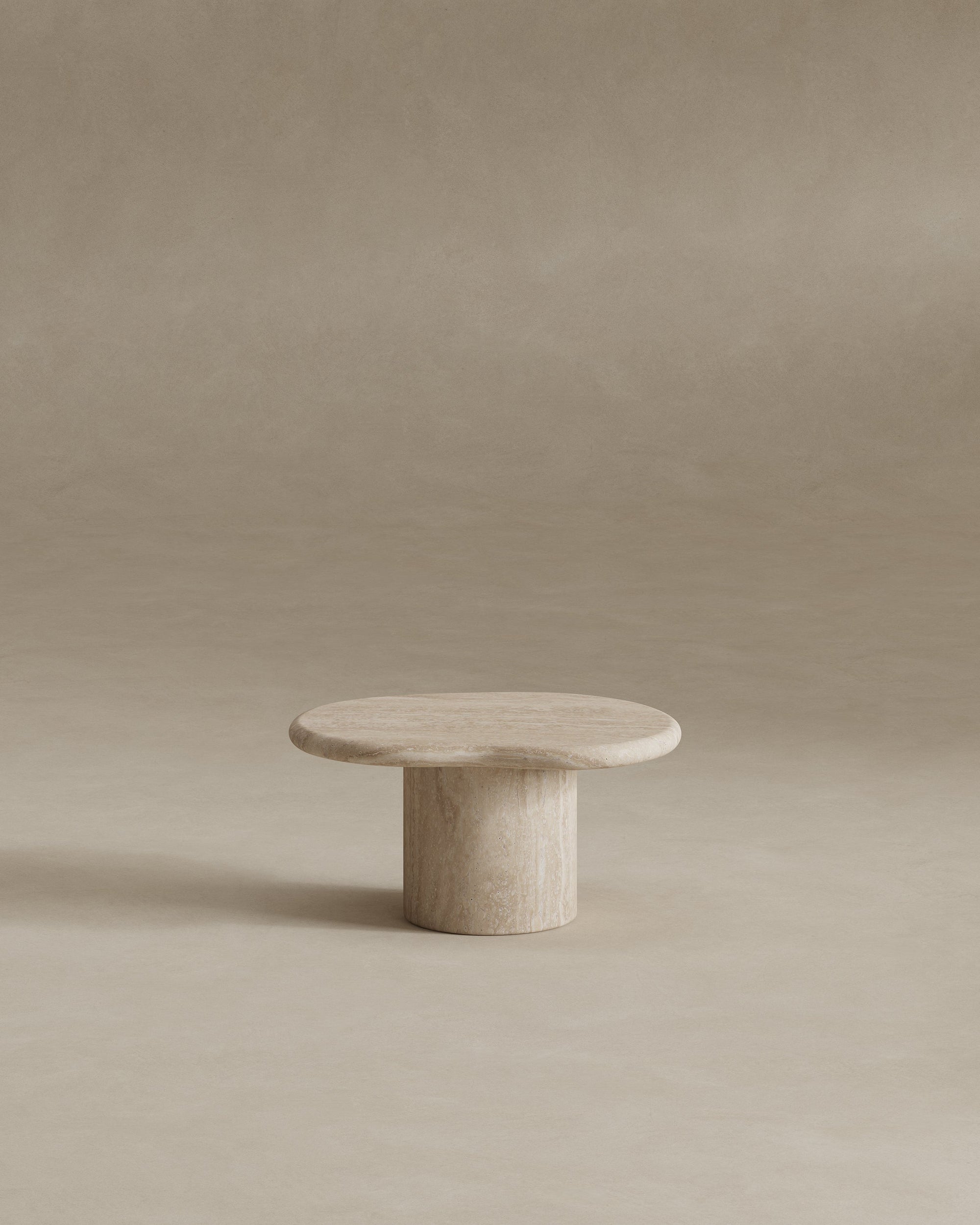a shield against potential staining, enhancing the stone's resistance to moisture.
This careful maintenance ensures that your travertine tables remain not just furniture but timeless statements of sophistication in your home.
As you invest in this meticulous process, you contribute to the preservation of nature's artistry, allowing the travertine to age gracefully while maintaining its allure and structural resilience over time.
In this post, we are going to discuss how to care for travertine coffee table with actionable steps. Let's get started.
The 5 Best Ways To Care For Your Travertine Tables

REGULAR CLEANING
For routine cleaning:
-
Employ a damp. Lint-free cloth or sponge.
-
Opt for a pH-neutral stone cleaner specifically formulated for natural stone surfaces.
-
Avoid acidic or abrasive cleaners that can harm the stone.
This simple daily practice prevents scratches and maintains the table's smooth appearance.
Also, it is not recommended not to use a vacuum cleaner on travertine floors as its wheels may damage the surface and your travertine floor tiles may not look the same again.
Compared to the other two tiles I have mentioned, you need to take care of travertine backsplash more as they are much more vulnerable to stains.
It doesn't matter If you travertine counters for powder bathroom vanity tops, table tops, floor tile, tub surrounds, and stone fireplace surrounds, you must do proper care and maintenance to use for a long time.
PREVENTING STAINS
Given the travertine's porous nature, preventing stains is crucial. Attend to spills promptly to avoid liquids penetrating the porous stone.
-
Use a blotting technique with a soft cloth or sponge instead of wiping, which may spread the liquid.
-
For oil-based stains, create a poultice using baking soda and water, applying it overnight to absorb the oil.
-
Applying a high-quality stone sealer regularly enhances the stone's resistance to stains and moisture.
You may not need to do these things on polished travertine as they are pretty much stain-proof. Tumbled travertine on the other hand is more vulnerable to stains due to its nature.
PROTECTING AGAINST HEAT DAMAGE
Although travertine is heat-resistant, it's advisable to use coasters or placemats under hot items to prevent potential thermal shock.
While the stone can handle moderate heat, sudden temperature changes can impact its integrity. Employing protective measures ensures the table maintains its flawless appearance and minimizes the risk of heat-related damage.
PERIODIC SEALING
To enhance longevity, periodically seal your travertine table. Sealing is a critical step in maintaining the stone's durability and resistance to stains and moisture.
The frequency of sealing depends on factors such as the type of travertine, usage, and environmental conditions.
A reliable guideline is to reseal the table every 6 to 12 months. Follow the manufacturer's instructions for applying a high-quality, penetrating sealer.
GENTLE CLEANING SOLUTIONS FOR STAINS
When faced with stubborn stains, utilize a mild cleaning solution.
-
Mix a few drops of a pH-neutral stone cleaner with warm water and apply it to the stained area using a soft cloth.
-
Gently rub the stain in a circular motion until it lifts.
-
Avoid abrasive pads or harsh chemicals, as they can damage the travertine surfaces.
Always conduct a small test on an inconspicuous area before applying any cleaning solution to the entire table.

What Is Travertine furniture?
Travertine furniture refers to pieces crafted from travertine, a natural, durable stone formed in mineral springs.
Due to the durability and beauty of the stone's surface, it is commonly used for tables, chairs, and decorative items, prized for its unique veining patterns and elegant appearance.
How Do I Clean Travertine Furniture?
Clean travertine furniture with a soft, dry cloth for daily cleaning. For stains, use a mild soap and water solution or a pH-neutral stone cleaner. Avoid acidic or abrasive cleaners, as they can damage the stone.
Can I Use Vinegar To Clean Travertine Furniture?
No, avoid using vinegar on travertine furniture. The acidity of vinegar can etch the stone, leading to dull spots and potential damage. Stick to pH-neutral cleaners designed for natural stone.
Is Travertine Furniture Durable?
Travertine is a durable material, but it requires proper care. It's resistant to heat, making it suitable for furniture, but it can be scratched by abrasive materials. Regular maintenance and preventive measures contribute to its longevity.
Can I Place Hot Items On Travertine Furniture?
While travertine is heat-resistant, it's advisable to use trivets or heat-resistant pads under hot items. This precaution protects the furniture from potential heat damage and preserves its appearance.
How Often Should I Clean And Seal Travertine Furniture?
Clean travertine furniture regularly, especially after spills or stains. The frequency of sealing depends on usage and exposure.
As a general guideline, reapply the sealer every one to three years, or as recommended by the manufacturer.

The meticulous care of your travertine tables is an investment in both aesthetic longevity and the structural integrity of these exquisite natural stone pieces.
By implementing preventive measures such as using coasters, practicing regular and gentle cleaning routines, and committing to periodic sealing, you create a protective shield against the potential pitfalls of wear and tear.
These efforts not only safeguard the travertine's inherent beauty but also ensure that it remains a timeless centerpiece in your living space, evoking elegance and sophistication for years to come.
The attention to detail in caring for your travertine tables not only preserves a piece of nature's artistry but also reflects your commitment to maintaining the enduring allure of your home's interior.
Discover the beauty of travertine with our exceptional Tuscani Travertine Collection, fusing the inherent durability and luxe allure of travertine stone.











































